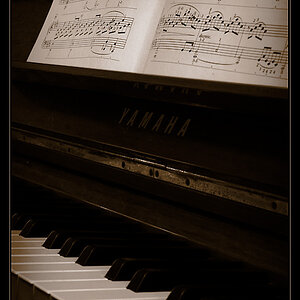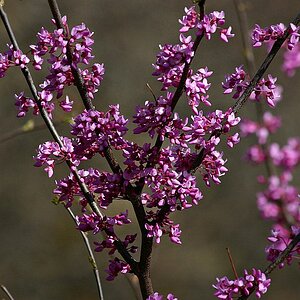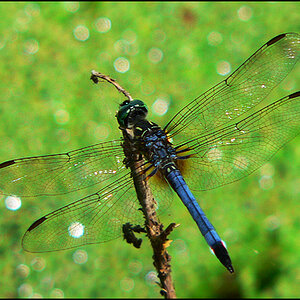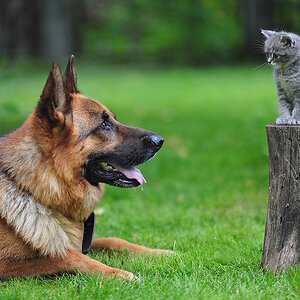fancymotmot
TPF Noob!
- Joined
- Oct 15, 2012
- Messages
- 2
- Reaction score
- 0
- Can others edit my Photos
- Photos NOT OK to edit
I just scored my first show in a local gallery. I'm wanting to sell my prints and I want them to look their best and be worth their price. I've looked at local shops that do c-prints and online services such as bayphoto and finerworks that sell prints in 8x10 for 2.33 to giclee prints unmounted on archival matte paper for about $6. Before I found that I was seeing giclee prints for about $30. I'm really confused with these extreme differences in price. Is a $2.33 digital print far inferior than a $28 giclee? I guess my prints would fall in the "street photography/photojournalism" category so I'm not sure if giclee canvas prints are suitable since the examples I've seen look like paintings. I'm mainly wanting to hear from professional photographers who have had their prints in galleries... how do you get your photographs printed?
Much appreciated!
Much appreciated!


![[No title]](/data/xfmg/thumbnail/32/32939-0b23ff8a791c06732705126fb26845ea.jpg?1619735771)
![[No title]](/data/xfmg/thumbnail/32/32942-4440dd4ca2ff307a5d19277feedf1d94.jpg?1619735774)







